At Eco-Stylist we talk a lot about the criteria a brand needs to meet in order to be considered sustainable and ethical. We research brands performance by three main pillars: Transparency, Fair Labor, and Sustainably Made.
When it comes to fast fashion though, do we really need to consult the criteria to know if it’s sustainable? Probably not, and here’s why.
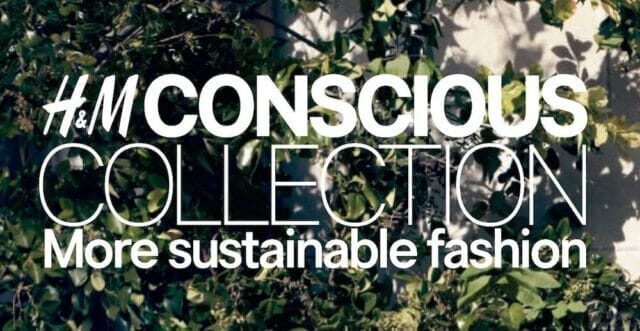
The Problem With Fast Fashion
The criteria we use awards brands points for doing good things like paying living wages, using organic and recyclable material, developing circular programs to keep clothes out of the landfill, and being transparent about where and how their clothes are made. It would be great if fast fashion brands did these things (hint: no fast fashion brand pays living wages) but that still leaves a pretty big elephant in the room…
The elephant’s name is consumption. Even if fast fashion brands improve, they are still significantly less sustainable than slow fashion brands because of their rate of production: billions of clothes made (and wasted) every year.
As an example, let’s explore this idea with one of the creators of fast fashion: H&M. H&M has pioneered new trends at low costs and has a wide range of products, carrying everything from womenswear to menswear to a children’s line. Let’s discuss.
Can Fast Fashion Ever Be Sustainable?
Even if H&M was doing all of the right things, they still wouldn’t be as sustainable as one of our Certified brands, such as Outerknown. Why, you might ask?
H&M currently manufactures an estimated three billion garments each year. Since they are creating clothing at such a high volume in such a short period of time, it is nearly impossible for H&M to be considered a sustainable brand unless they address their unsustainable business model.
Unfortunately, they’re doing the opposite.
While H&M preaches sustainability they are also planning to double sales by 2030.
Does H&M Pay Fair Wages?
H&M doesn’t pay living wages. H&M promised nearly one million workers would be paid a living wage by 2018; however, it never happened.
They claimed that 67% of their factories had implemented an “improved wage management system”—sounds vague. Why are they avoiding paying a living wage, after previously promising to do so?
The issue of paying a living wage becomes even more concerning when we look at what their top officials are being paid; in 2020 alone their officials made well over a million dollars. Their current CEO holds over 12 million shares in H&M stock, which earned him around $809 million in 2018 alone.
If the brand is able to pay its highest ranking employees over six figures, why are its clothing makers struggling to make ends meet?
Does H&M Partake in Greenwashing?
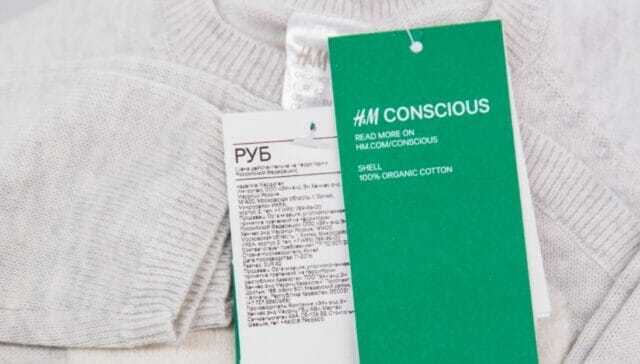
The problems with H&M don’t stop there. You’ve most likely seen some of H&M’s “sustainable” marketing.
The Conscious collection is H&M’s more sustainable line, but it is far from what we would consider sustainable, while only being a fraction of H&M’s total production. This is what we call greenwashing–the practice of making things appear more ethical and eco-friendly than they actually are in order to drive more sales. H&M is no stranger to greenwashing.
One study found that 96% of H&M’s sustainability claims are misleading or false.
One way H&M feeds the illusion that they are sustainable is by paying influencers and celebrities top dollar to spread their greenwashed claims. In 2020, H&M dropped a Billie Eilish collection, which was marketed as “edgy and sustainable merch.”
Now, the collection had some really cool designs, but that’s not the problem. H&M called this line 100% sustainable with little to no evidence to back it up–this is greenwashing.
Is H&M’s Clothing Recycling Program Greenwashing?
They also greenwash with their recycling program, The Loop Machine, which looks really good… on paper. The Loop Machine is a program where people can turn in their old H&M garments to be shredded down into fibers, spun into yarn, and finally made into new clothing items.
But how many of these machines do they have and how much clothing are they recycling? Once again, there is a clear lack of transparency.
H&M set a goal to have 100% of their garments made from recycled components by 2030, and they claim that, as of recently, that figure was already at 65%. Having a goal of 2030 may seem like a good thing, however, there are many brands already using 100% sustainable fabric in 2022.
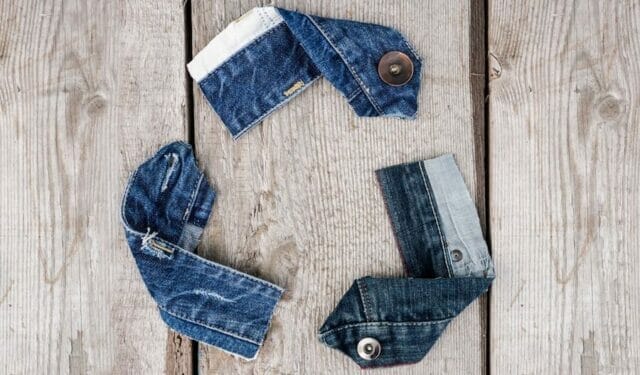
H&M wants to have 100% of their garments recycled by 2030, but they produce nearly 3 billion garments a year and are aiming to double that by 2030. In order for their goal to be met, that would mean that every garment bought in the next eight years would have to be recycled–that’s more than 24 billion clothing items that customers would be expected to return to a recycling site.
That doesn’t seem feasible. On top of that, creating billions of clothing items a year while also constantly chasing trends promotes the disposability of their products.
At the end of the day, H&M is trying to create solutions to problems that they themselves created. Sadly, the solutions aren’t good enough.
Key Takeaways
With 3 billion garments produced a year, H&M is one of the top polluters in the fashion industry.
That means for H&M to be considered a more sustainable brand they must take a good hard look at their business model and their excessive rate of production. For now, H&M’s plan to double sales by 2030, when they’re already one of the biggest brands in fashion, while also claiming they can be a sustainable brand smacks of hypocrisy and greenwashing.
Overall, Eco-Stylist can confidently say–without consulting our criteria–that H&M is not a sustainable brand. We can’t in good faith recommend H&M to anyone looking to build a more sustainable wardrobe, Conscious collection or otherwise.
Looking to dive deeper? We also made a YouTube video about H&M.
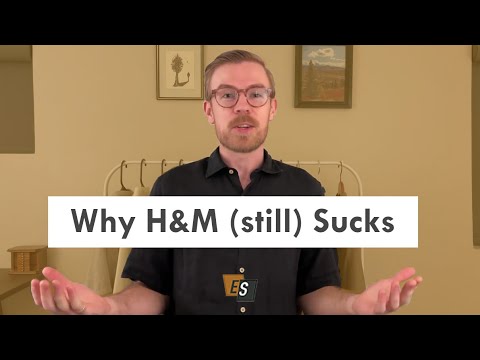
Ethical Alternatives to H&M
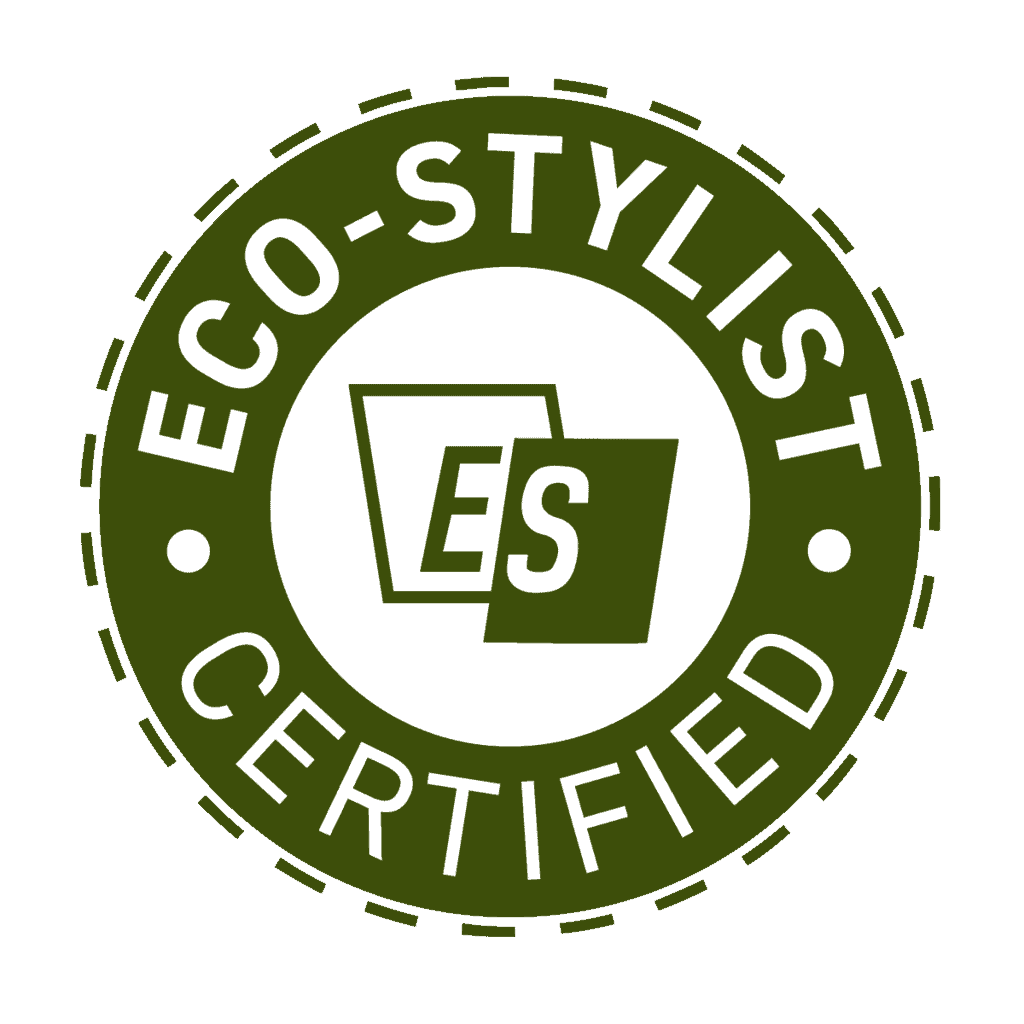
Looking for ethical and sustainable alternatives to H&M? Eco-Stylist promotes brands that are not only helping clothing makers and the planet, but also creating clothing that will last longer and wear better.
As with any alternative to fast fashion, you may have to sacrifice some of the trendiness, but let’s be honest, chasing trends isn’t exactly sustainable. When trends are important, thrifting is a more eco-friendly option compared to fast fashion.
Check out these 4 Eco-Stylist Certified alternatives to H&M below, and for even more see our guide to the top 10 H&M Ethical Alternatives.
1) Colorful Standard
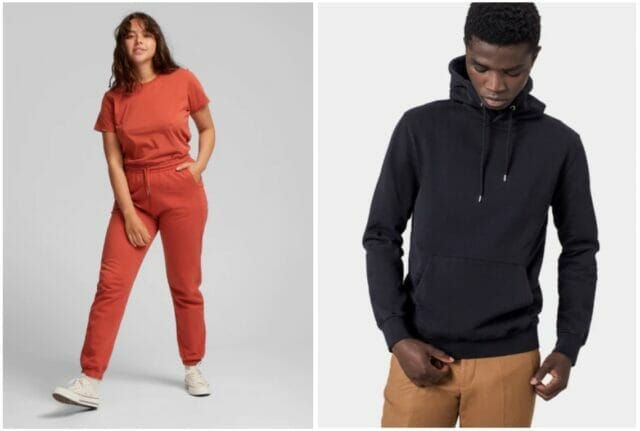
Colorful Standard has created the perfect line of essentials in over 40 colors, keeping the basics anything but boring. Their lines include sweat sets, cozy hoodies, socks, and everything in between.
Colorful Standard pays their makers living wages and uses 100% more sustainable fabrics across their collection. They excel in Fair Labor and Sustainably Made.
2) Pact

Pact is a brand that’s been promoting organic cotton and fair trade fashion for many years. They offer clothes including tees, sweats, dresses, skirts, tops, bottoms, loungewear, home goods, and more.
Supporting organic and fair trade fashion means it’s better for the planet, the soil, and the clothing makers. Oh and not to mention, organic fabric is better for your health and your skin too.
3) Kotn

Kotn carries everything from denims to basic tees to lounge wear to home goods. They source all of their materials directly from Egypt and are devoted to making sure that their methods are safe, sustainable, and beneficial to their employees. Kotn excels in Transparency.
4) Toad&Co
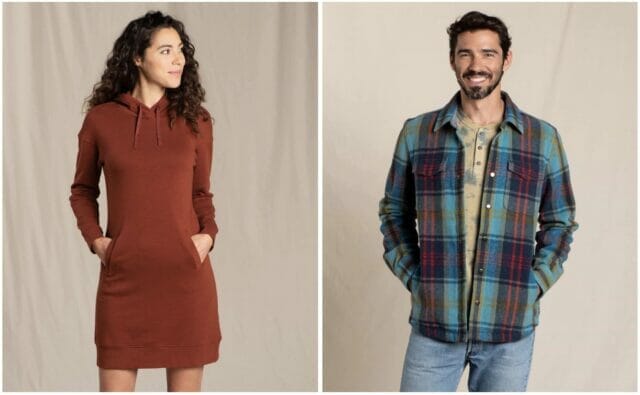
Toad&Co offers fun casual clothing in more sustainable materials that are bluesign approved and OEKO-TEX certified meaning less chemicals, better for the planet, and better for you. They have great vegan friendly clothing options too.
Thoughts When Considering Ethical Alternatives
Any ethical alternative to fast fashion will be more expensive per piece. The reason for this: fast fashion prices are un-sustainable for workers and the planet.
But that doesn’t necessarily mean you need more money in order to support better brands. Here’s some ways to make the swap easier:
- Thrift or swap when you can
- Buy less clothes and invest in higher quality pieces instead
- Buy from brands that include a lifetime warranty or free repairs (Ex: Nudie Jeans, Patagonia, Outerknown jeans)
Consider looking at our brands page to find more sustainable, ethical, and stylish brands that you can believe in!
Did you find this article helpful? Please consider sharing it—it really helps us do more of what we do.
Eco-Stylist is reader-supported. If you make a purchase using our links, we may earn a commission. We only feature fashion brands that pass our sustainable brand criteria. Learn more here.
*Featured image credit: photo by Sei on Unsplash.
**Article updated 12/4/22.

Catherine McCourt is a content writer at Eco-Stylist. She studies English, Creative Writing, and Philosophy at the University of Iowa. When she’s not writing about sustainability in fashion, Catherine enjoys painting, journaling, and much needed downtime.










2 thoughts on “Is H&M Sustainable? Is H&M Fast Fashion? Let’s Discuss.”
H&M has made significant progress in becoming more sustainable, but there are still areas where improvement is needed to fully address the fast fashion industry’s impact on the environment.
One of the biggest problems with fast fashion is that it promotes overconsumption. We cover this topic more in depth here and here.
In short, I would say they have made some progress, but fall short in major areas. For example, they promised to pay their clothing makers a living wage by 2018, which was 5 years ago, and they’re nowhere close to that goal today.